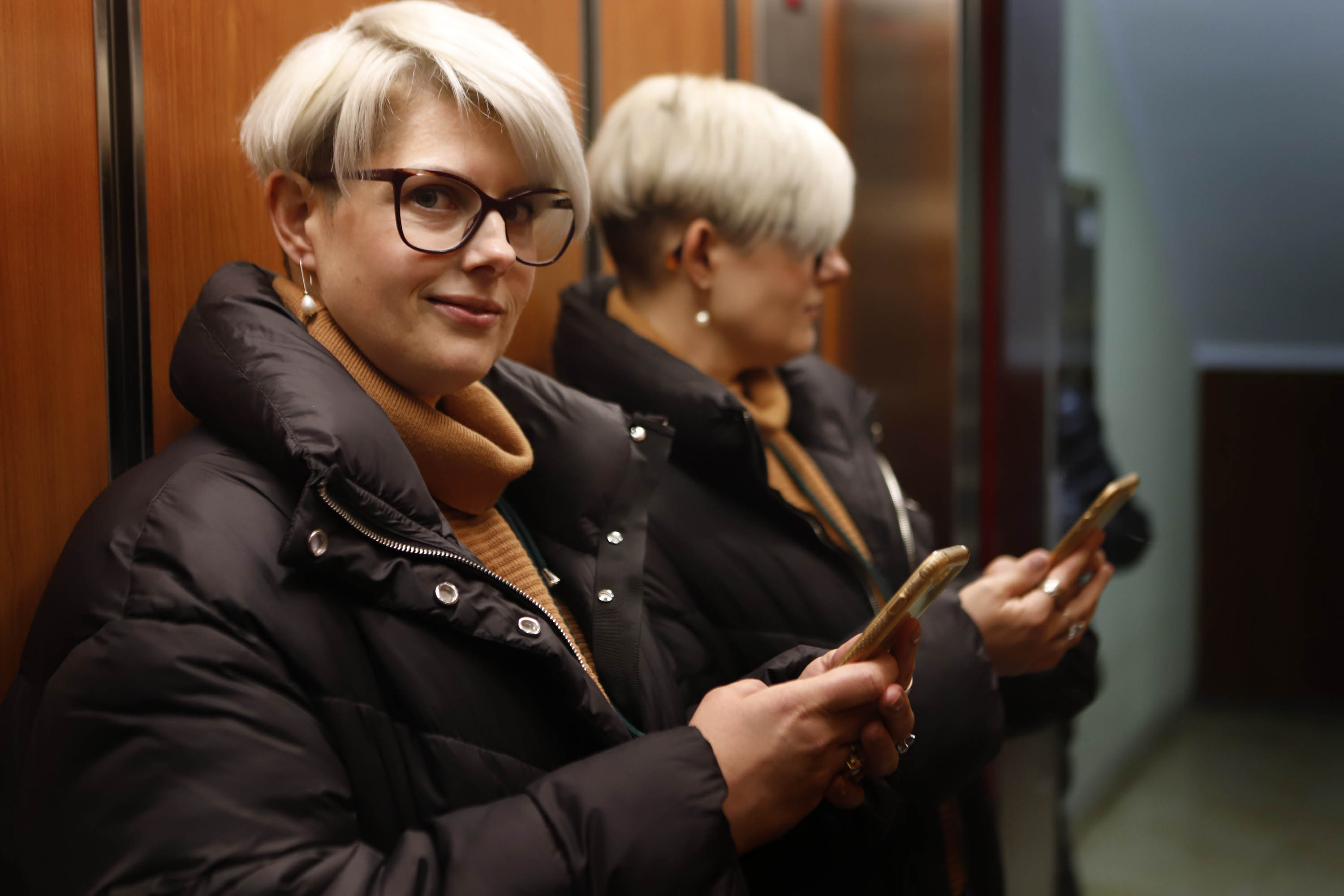The story of cancer He has left the consultations and the privacy of the homes. On social networks, patients in treatment tell your experiences with the disease, they discuss their daily lives and share experiences with other patients. The ailment is verbalized and there are personal stories that draw thousands of followers and supports. The Instagram account of Elena Huelva, a 20-year-old girl who explained her life with Ewing sarcoma, reached one million followers and his death, on January 3, turned its motto (“My desire wins”) into trending topics on Twitter with messages of support and affection for the young woman and her family. The diary of Hilda Siverio, who has had breast cancer since 2014, also has more than 300,000 followers, although her family has seen the bitterest side of the networks these weeks and has denounced harassment cases to the woman. Experts highlight the benefit of making the disease visible, but also warn of the risks of telling about cancer on networks: the patient may lose control of his public exposure and other sick spectators may become frustrated with other people's stories.

